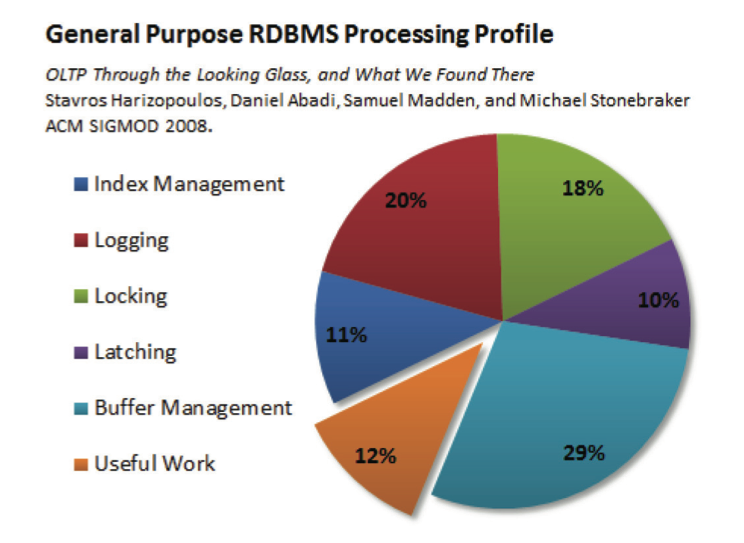Every year Bazaarvoice R&D throws BVIO, an internal technical conference followed by a two-day hackathon. These conferences are an opportunity for us to focus on unlocking the power of our network, data, APIs, and platforms as well as have some fun in the process. We invite keynote speakers from within BV, from companies who use our data in inspiring ways, and from companies who are successfully using big data to solve cool problems. After a full day of learning we engage in an intense, two-day hackathon to create new applications, visualizations, and insights into our extensive our data.
Continue reading for pictures of the event and videos of the presentations.
This year we held the conference at the palatial Omni Barton Creek Resort in one of their well-appointed ballrooms.
Participants arrived around 9am (some of us a little later). After breakfast, provided by Bazaarvoice, we got started with the speakers followed by lunch, also provided by Bazaarvoice, followed by more speakers.
After the speakers came a “pitchfest” during which our Product team presented hackathon ideas and participants started forming teams and brainstorming.
Finally it was time for 48 hours of hacking, eating, and gaming (not necessarily in that order) culminating in project presentations and prizes.
Presentations
Sephora: Consumer Targeted Content
Venkat Gopalan
Director of Architecture & Devops @ Sephora.com
Venkat presented on the work Sephora is doing around serving relevant, targeted content to their consumers in both the mobile and in-store space. It was a fascinating speech and we love to see our how our clients are innovating with us. Unfortunately due to technical difficulties we don’t have a recording 🙁
Philosophy & Design of The BV System of Record
John Roesler & Fahd Siddiqui
Bazaarvoice Engineers
This talk was about the overarching design of Bazaarvoice’s innovative data architecture. According to them there are aspects to it that may seem unexpected at first glance (especially not coming from a big data background), but are actually surprisingly powerful. The first innovation is the separation of storage and query, and the second is choosing a knowledge-base-inspired data model. By making these two choices, we guarantee that our data infrastructure will be robust and durable.
Realtime Bidding: Predicting the future, 10,000 times per second
Ian Clarke
Co-Founder and CTO at OneSpot
Ian has built and manages a team of world-class software engineers as well as data scientists at OneSpot™s. In his presentation he discusses how he applied machine learning and game theory to architect a sophisticated realtime bidding engine for OneSpot™ capable of predicting the behavior of tens of thousands of people per second.
New Amazon Machine Learning and Lambda architectures
Jeff Nun
Amazon Solutions Architect
In his presentation Jeff discusses the history of Amazon Machine Learning and the Lambda architecture, how Amazon uses it and you can use it. This isn’t just a presentation; Ian walks us through the AWS UI for building and training a model.
Thanks to Sharon Hasting, Dan Heberden, and the presenters for contributing to this post.


